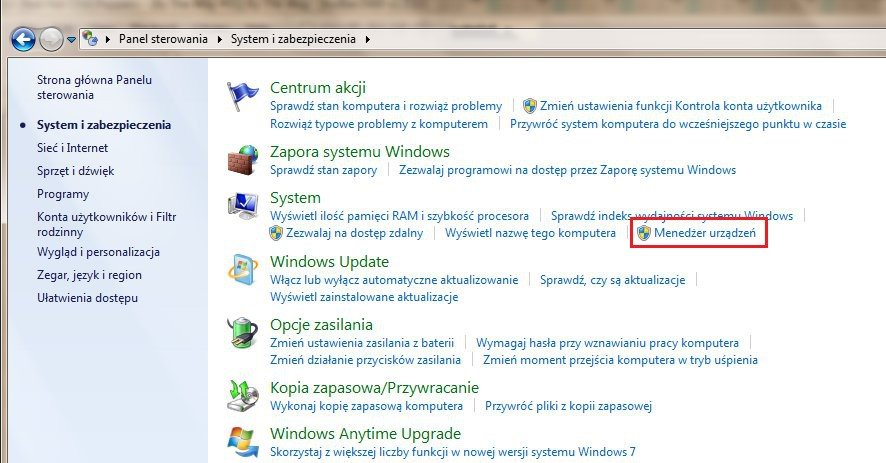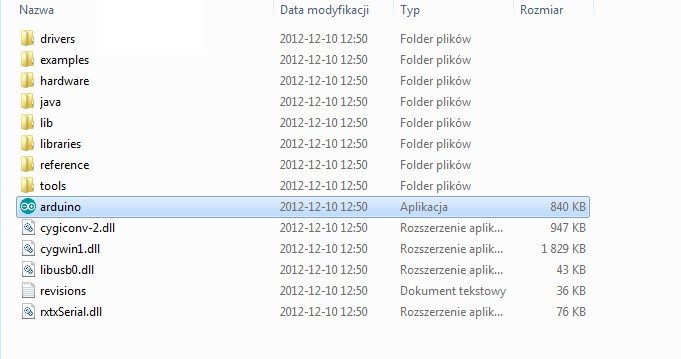Arduino - First steps - Connecting and installing software
Using the example of Arduino Uno Rev3
Starting the Arudino module comes down to downloading the software, connecting the module to a computer using a USB cable and installing the drivers. The individual steps are described below.
1. Arduino software - Download
To be able to use what the Arduino project gives you, you need to download a free environment available for different operating systems:
Download the latest Arduino IDE
After downloading the appropriate version, it must be installed on the operating system. In the case of the Windows installation file, a double click is enough to start the installation wizard.
Arduino Uno, Arduino Mega, Arduino Nano - You will find the drivers for the appropriate version without any problem.
2. how to connect Arduino?
In order to connect the module to your computer you need a suitable USB cable:
Arduino Uno, Mega, Leonardodo not require external power supply. They can use the USB port bus directly. However, please note that the maximum USB current capacity is 500 mA. This is sufficient to power several LEDs, integrated circuits (e.g.temperature sensor) or a popular 16x2 LCD display.
3. how to install Arduino?
|
After connecting Arduino board to Windows 7, Windows 8 / 8.1 or Windows 10, Arduino drivers should install automatically. However, if the installation is unsuccessful, please follow the following guide. |
Windows 7 / 8 / 10
Connect the board with the appropriate USB cable.
2. Click Start Menu and enter the Control Panel. Select System and Security. In the System menu, click the Device Manager.
3. Arduino will be visible as an unknown device or as Arduino Communication Ports menu. Right-click, select: UpdateDriver Software...
Select the option Browse my computer for software...
4) We provide the path to the drivers directory in the folder where Arduino IDE was installed.
Example of Windows drivers path.
5. the system will ask us to confirm the installation (due to lack of digital signature), continue installation.
6. If allsteps have been done correctly, the installation should be successful. We can run the environment (filearduino.exe).
The file that launches the Arduino environment.
|
Windows 8 and Windows 10 If the driver is not installed automatically, select it manually. To do so, click the option:
Then first select Ports (COM and LPT) from menu, then select Arduino Uno device. You should also disable automatic locking of unsigned digital controllers for some versions. A guide on how to do this can be found on this page. |
Windows XP
The step-by-step installation can be found at this address.
Arduino - The problem with uploading to the tile happens from time to time, but there is so much help and solutions on the web that every user will find the answer to their questions. Arduino driver is very often uploaded software by many hobbyists sharing their knowledge.
4 Testing Arduino
To test the connection we can upload one of the sample programs. E.g. blinking LED - BlinkWithoutDelay(picture below).
Choosing a sample program BlinkWithoutDelay in Arduino IDE environment.
Since Arduino Uno flashes by default to make sure the connection works, we can change the frequency of blinking. We change the value of the intreval variable from 1000 to e.g. 100. After reloading the program the diode should blink faster (figure below).
Fragment of the sample Arduino code containing the variable interval, which determines the period of flashing of the LED (time given in ms).



































































































































































































































































































































